The 18 Hidden Gem Attractions in Kenya.
Kenya is arguably the best destination in Africa. There are secret places the locals visit that the tourists have not yet discovered. These Hidden Gem Attractions in Kenya will make you feel like a Kenyan. You’d be clever enough to ignore the tourist angles and head to off-the-beaten-track gems in this incredible country.
Here are the 17 hidden Gem Attractions in Kenya, secret places where you can enjoy Kenya like a Kenyan and also discover some parts of this incredible country that only the locals know.
18.) Blood-red alkaline lake in Kapedo, Turkana County.
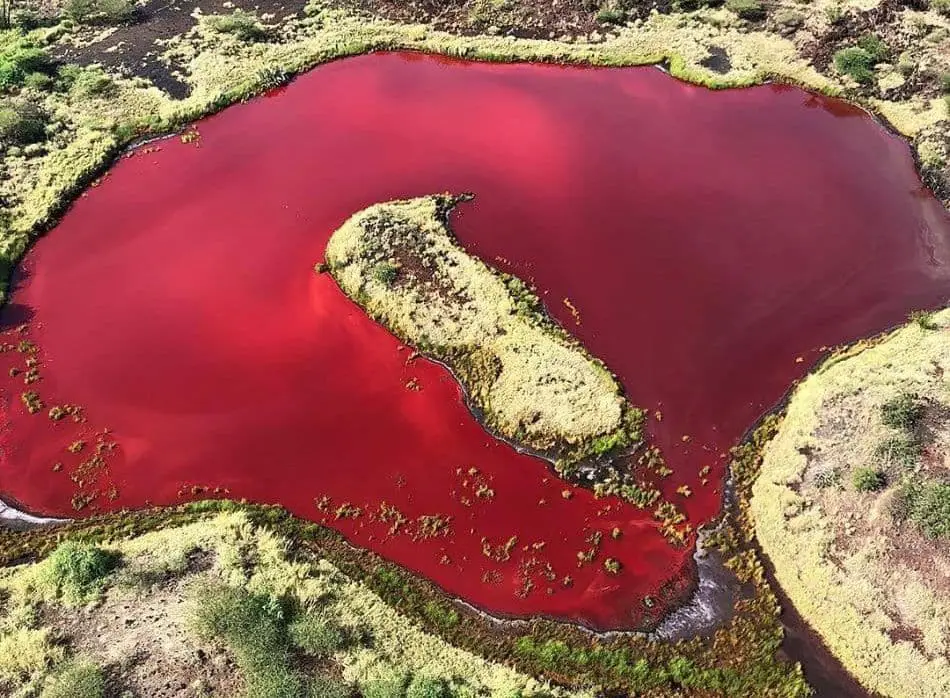
Here is a blood-red alkaline lake in Kapedo, Turkana East. Experts say as the lake dries out, its salinity increases.
The warm water’s high salt concentration makes what’s left of the lake a prime breeding ground for Dunaliella algae, which turns the water blood-red. One of the ideal hidden Gem Attractions in Kenya.
17.) Takawiri Island (Hidden Gem Attractions in Kenya)
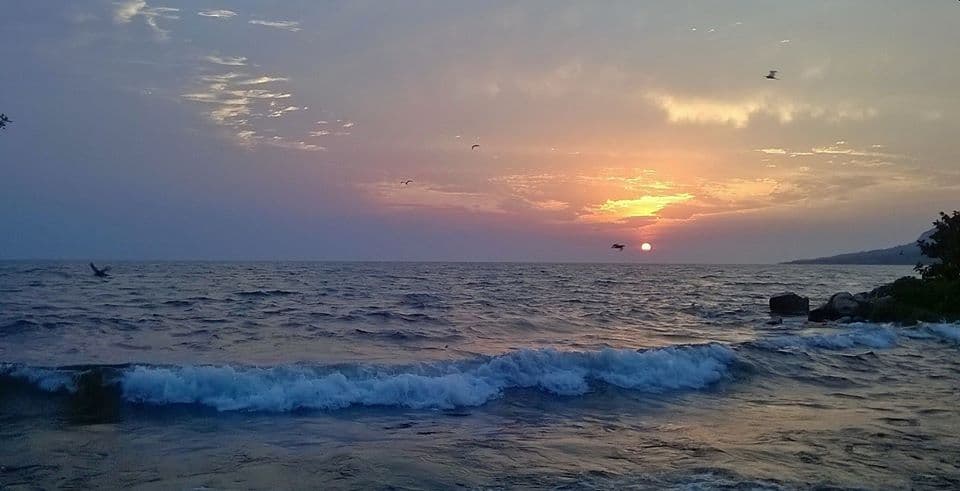
Lake Victoria has countless islands, but only a few have been documented. Takawiri is one such island that has white sandy beaches and cool breezes from palm trees.
A boat takes about one hour from Rusinga to Takawiri. It is a beautiful island to spend a weekend in.
16.) Buxton Tunnel in Limuru (Hidden Gem Attractions in Kenya)
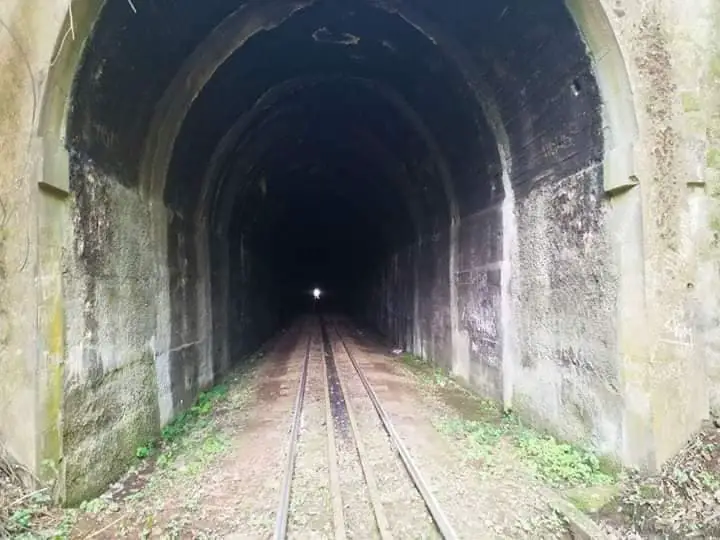
The Buxton Tunnel in Limuru, which is among the longest and oldest train tunnels in Kenya. The infamous tunnel finished in the 1940s is part of the legendary “Lunatic Express” itself completed in 1901.
The tunnel is estimated to be around 2kilometres, and attracts adventure-seekers from around the country and beyond.
Also Read: 11 Best Beaches in Mombasa Kenya
Standing at the entrance, a small light can be seen emanating from the end of the tunnel, bringing the figure of speech to life.
Few visitors, however, venture 50-100 meters into the tunnel. This is a hidden Gem Attraction in Kenya, few know of.
Those who want to cover the entire distance to emerge on the other side are offered police protection.
Despite a serious crackdown by security officers in the area. The Tunnel was known as a criminal hideout over the years.
15.) The Chalbi Desert
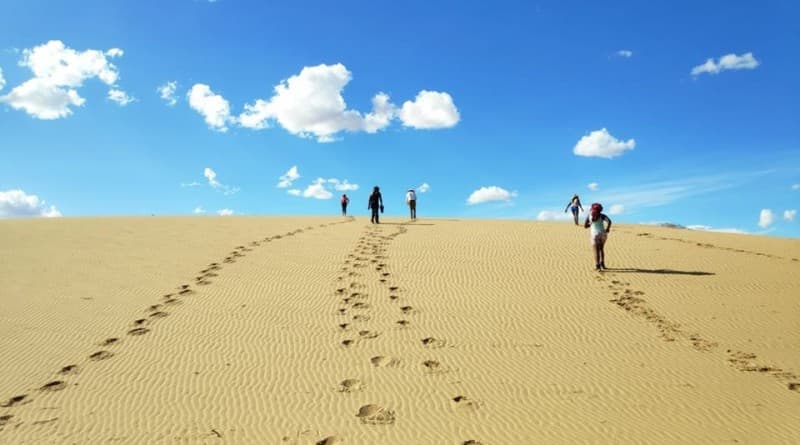
The Chalbi Desert is in Marsabit County. East of Lake Turkana, and it is not talked or written about enough.
Traverse the bleached soils and walk on coarse sand and rocks. The desert is so salty that animals use it as a naturally occurring saltlick.
There is an oasis in this desert called Kalacha where travellers, animals, and pastoralists go to quench their thirst under the palm and acacia trees.
If you have a Safari in Chalbi be ready for an uncanny Landscape full of Rocks, I advise if you are going on a safari to use a 4WD Land cruiser (Jeep).
The terrain is another thing popularly known as African Message simply meaning Bumpy Ride. Despite being rocky you will spot some Birds like Ostrich, animals like the endangered Grey Zebra, Oryx and Hyenas.
Every Desert has an Oasis and so is the Chalbi Desert, on the northern edge is an Oasis grooved by palm trees.
Due to this, there is the attraction of guinea fowls, the local people use the oasis as a source of their water and domestic animals ( Camels) quench themselves here.
The Gabra people who are the locals are also surrounded by the Huri Hills and Mount Forelle. This is at the border of Kenya and Ethiopia. This area is greener and the climate is more lenient.
14.) GOD’S FOOTPRINT
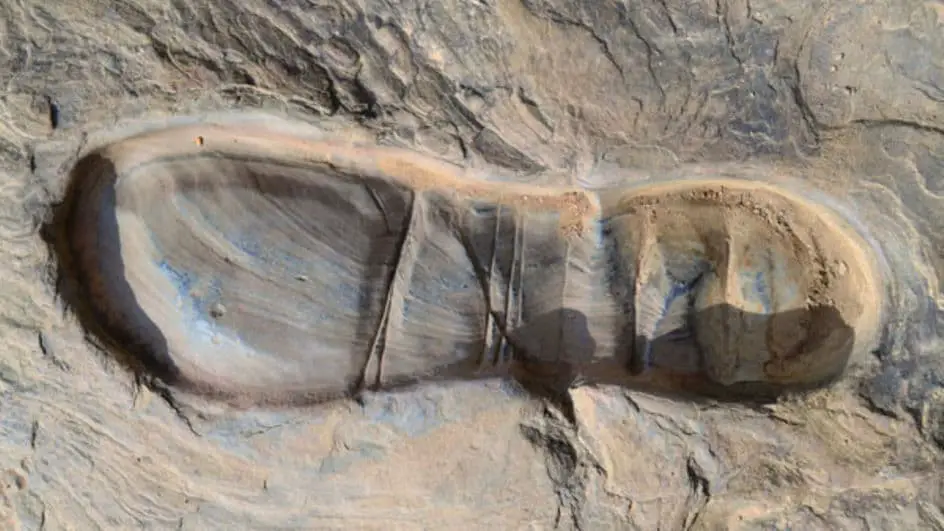
Another wonder is the Lwayo Lwa Mulungu tourist site in Lunga Lunga. In the local Duruma language, it means God’s footprint and is about five kilometres from Lunga Lunga town.
Whether it is mere superstition, belief, love for religion or something beyond human understanding the footprint has drawn more attention and mixed reactions from both residents and visitors who flock to the area to see this wonder.
The area is inhabited by the Duruma people, who say the footprint must be God’s since no human foot is that big, making it a religion-related hidden gem attraction in Kenya.
A local, says residents believe that God walked on the rock, leaving the mark which has since been made a place of worship.
“Although the footprint cannot be proven to be that of God the belief impacted on the people since childhood has made them associate it with that of God.
13.) Haunted pillar of Mbaraki
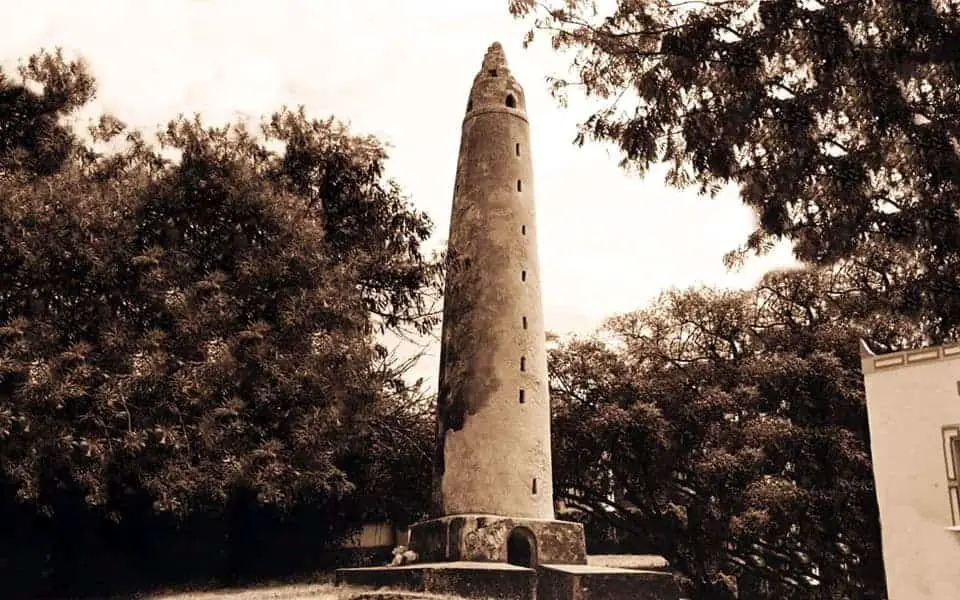
Standing almost 50 FT tall and considered the second oldest monument after Fort Jesus. This hidden Gem attraction in Kenya is a 300-year-old.
Mbaraki Pillar is one of the most controversial sites on the Kenya Coast. Historians and archaeologists have never been able to agree on what purpose it served in the ancient world.
Some say it could have been an early form of the lighthouse while others insist it may have been used for other purposes.
Also Read:11 Unique Attractions In Tanzania you didn`t Know Existed.
Local folklore tells of an Arab spirit that resides within its walls which possesses powerful magical healing abilities.
Women are known to travel from far to perform fertility rituals at the base of the pillar in the hope of bearing children. The sick also leave offerings here in the belief they will get cured.
12.) Lake Chala (Hidden Gem Attractions in Kenya)
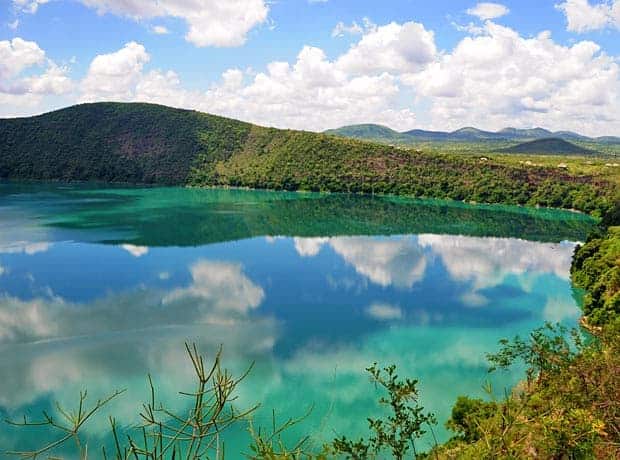
Lake Chala also is known as Challa is a Crater lake that straddles the border between Kenya and Tanzania.
This lake formed approximately 251,000 years ago. It is located to the east of Mount Kilimanjaro, 8 kilometres (5.0 mi) north of Taveta, Kenya, and 55 kilometres (34 mi) east of Moshi, Tanzania.
Lake Chala is surrounded by a steep crater rim with a maximum height of 170 meters (560 ft).
One of the most amazing and surprising things about Lake Chala is the colour of the water changes from turquoise, blue to Green.
It is believed that the lake is fed by streams under Mt Kilimanjaro. The Endangered Tilapia is found only in this lake.
According to locals, crocodiles were introduced in 1900 and this was curtailing the locals from fishing which forced them to do the obvious thing, do away with the crocodiles so they can do their fishing with ease.
Today you will not find any crocodiles, I don’t know whether the government would be willing to introduce them once again, in my opinion, I wouldn’t advise as the lake is a source to the locals and swimming do happen during visits.
When at Lake Chala, you can see Mt Kilimanjaro ( Highest Mountain In Africa) Clearly when the sky is clear especially in early mornings.
The lake is near Tsavo National Park, meaning you will be able to spot herds of elephants (Read Fascinating Facts About Elephants) that migrate back and forth in Tanzania and Kenya.
The birds are also in plenty, different bird species. Lake Chale is one of a kind destination worth your time and money.
11.) Aberdare Ranges (Hidden Gem Attractions in Kenya)

These are an incredibly beautiful group of mountains in Central Kenya. Which are habitant to herds of Elephants.
The most Particular being the Melanistic Leopards (a condition in which the body produces excessive pigments) It was spotted for the first time in 2018 by Nick Pilford a Kenyan Biologist.
I camped there for a weekend with friends back in 2017, the place is extremely cold during the night, we did a game drive and hiking.
10.) Gura River-Nyeri – fastest river
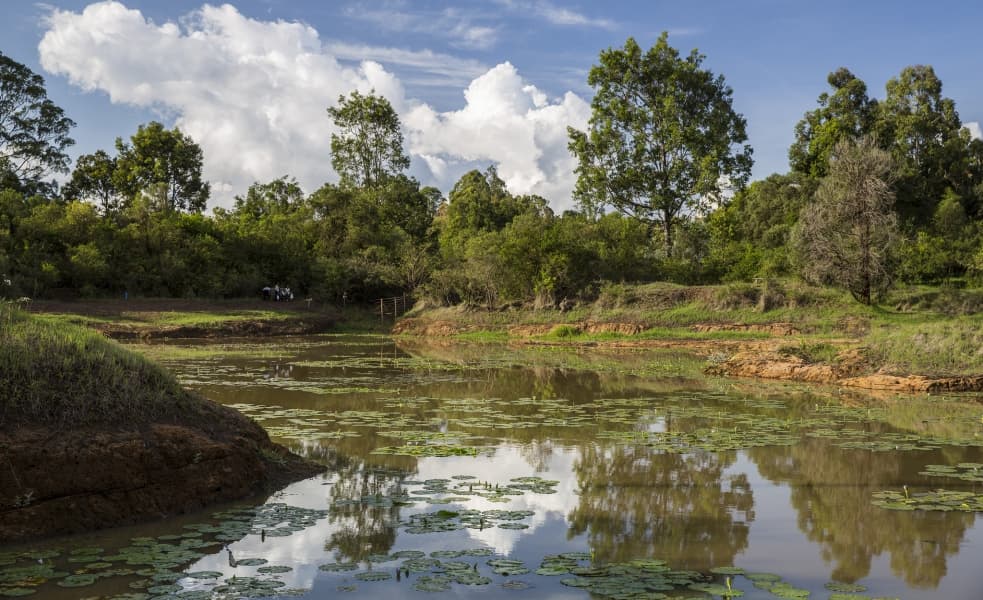
Yes, Gura River is turbocharged. Located in Nyeri, the Central Part of Kenya. Most Kenyans aren’t aware that the fastest river in Africa is our very own Gura River.
My Geography class must have skipped this bit, and tour brochures and coffee-table picture books announcing the wonders of the Big Five and the marvel of Vasco da Gama’s fort hardly mention it.
Gura River is one of the Hidden Gem Attractions in Kenya, it flows from deep in the bowels of the Aberdare range.
The point at which Gura River creates a scene at the Gura Falls, a 300-metre tower reputed to be one of the highest falls in Kenya.
The river traverses several constituencies in Nyandarua and Nyeri counties, weaving its way through a tangle of woodland.
Past farmland and under canopies of bamboo; but always in a rush, as if impatient to surrender its haul of other, lesser rivers.
To a newer generation, Gura River has in the past few years come to be known affectionately as “The Usain Bolt of rivers”, a reference to Usain Bolt. The retired Jamaican sprinter became the fastest ever man in the world after shattering the 100 metres World Record – the 100m dash.
Against this backdrop, Gura presents a peculiar, interesting scenario. Fewer than seven major rivers and streams empty their water into the Gura River, including two nearly equally voluminous tributaries: The Thuti, and the Gikira. The confluence hardly seems to affect the river’s raging speed.
9.) Dragon teeth, Aberdares (Hidden Gem Attractions in Kenya)
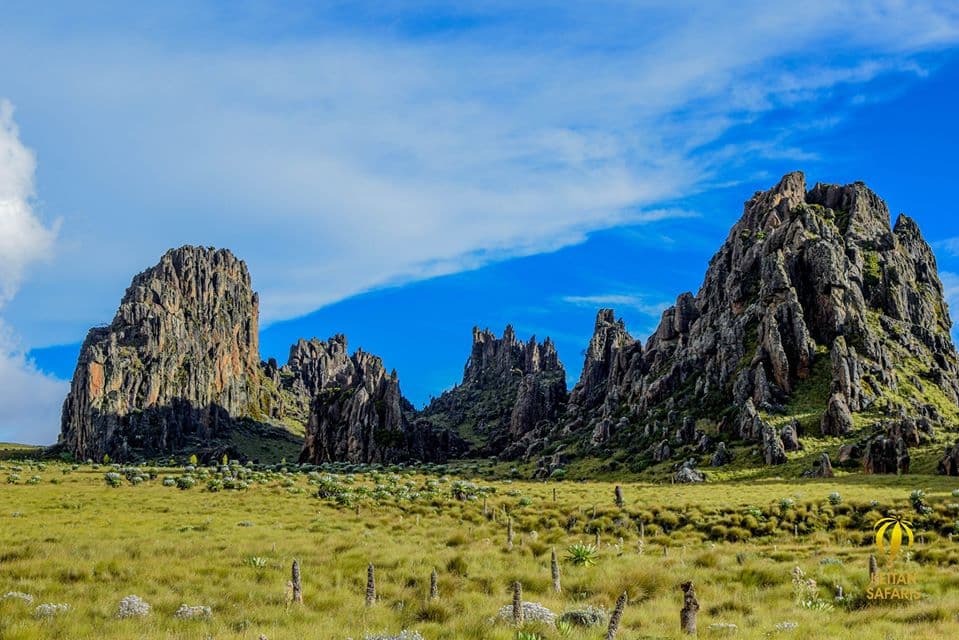
Dragons Teeth break through the flat moorland in the great Aberdares. They are a form of Volcanoes in the ranges.
The granite peaks are for serious hikers. Much as I would like to run up and down them, they require a serious level of fitness and a guide to lead you through them. A real hidden Gem Attractions in Kenya.
8.) The three Sisters caves at Fikirini in Tswaka village.

The caves are about 15 kilometres from the Kenana-Shimoni junction.
The caves — Pangani, Kisimani and Mdenyenye — all have cultural artefacts of the Digo people.
Also Read: Nairobi National Park Tour: Reasons you should visit during this Covid-19
“The first cave is called Mdenyenye and is the largest. It has a wooden staircase built by the locals. History has that this cave was specifically used as a hideout for the villagers who were running away from slave traders.
The second cave, Pangani, has several chambers that were used for prayers and rest. Their ancestors also had their meals in the Pangani cave.
Pangani is unique since it has an underground tunnel stretching six kilometres that connect to the Shimoni caves.
“Unfortunately, the tunnel has been blocked and it is impassable now. The slaves used to run away from Shimoni using this tunnel.
The third cave, Kisimani (Swahili for a well) has a freshwater well that never runs dry.
“This is an important site where visitors can spot baboons and monkeys as they quench their thirst. This cave is also home to thousands of bats.
There are at least seven species including Egyptian fruit bats, common bent-wing, long-fingered bats, tomb bats, as well as angle-faced bats.
The three caves are managed by a community-based organisation and open doors to tourists and locals at an affordable fee.
7.) Eliye beach.
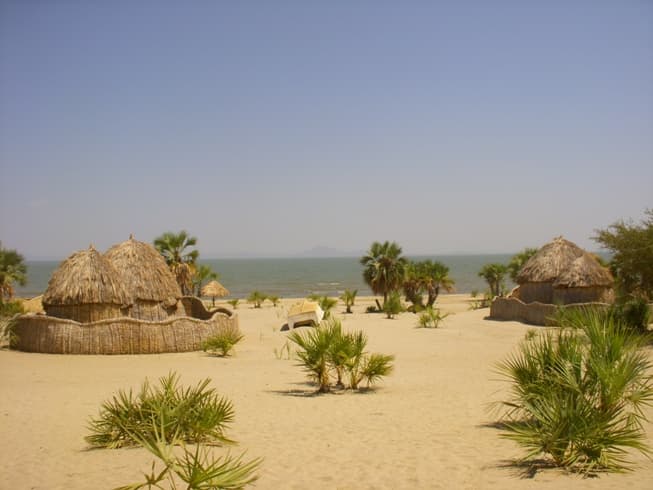
Just 50km east of Lodwar lies Lake Turkana Eliye Beach. It’s undoubtedly a tremendous hidden Gem Attraction in Kenya.
An incredible place to unwind. With a laid-back atmosphere, endless palm-fringed sandy beaches. A massive dune from which you enjoy a panoramic view of Lake Turkana with total peace and fun…Huh!
Close to the name-giving mineral spring, there is a comfortable lodge with good food and accommodation {ELIYE SPRINGS CAMP AND LODGE}.
Which includes luxury and unique Turkana bomas. A well-stocked palm bar with cold drinks, an open dining room. A massage corner, swimming pool, motorboats and fishing equipment.
A verandah facing the lake, a tiled bathroom and a space for relaxation, sunbath and pleasure…
For the campers, the lodge also has a huge compound with a lot of space for camping. You can pitch a tent between the dunes under palm trees or wherever you want{Fully equipped tents can also be rented from the lodge}.
The campsite has a shop, toilets and bathrooms, a dining area and a kitchen with staff all fit to offer you total relaxation to end your Turkana safari with, “Kabissa”, which means, “Completely”, in Swahili.
6.) Marafa-Hell’s kitchen
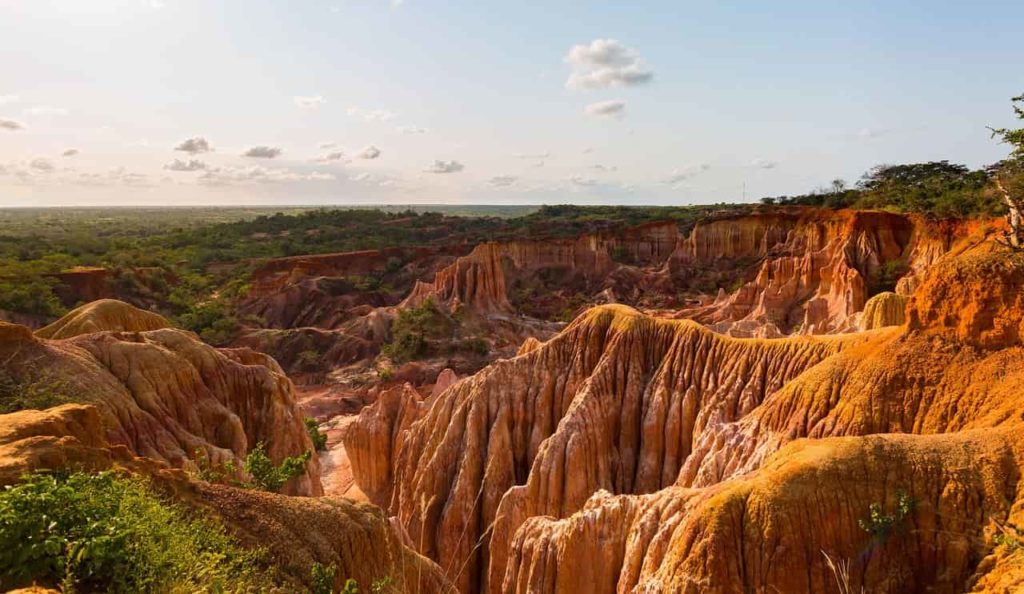
Marafa-Hell`s Kitchen is an incredible natural wonder that is easily accessible from Malindi. It’s remote enough to give you an incredibly unspoilt experience in the wilds of the rural Kenya coast.
The drive to that place is interesting, as you drive over bands of red soil, white chalky soil and white rocks.
Quaint rural communities, ladies carry bags and buckets on their heads, children carry babies on their backs and lone cyclists all creating interesting sights along the way.
Legends has it that the Marafa depression (known as Hell’s kitchen) was caused long ago by God’s wrath on a local family.
The family was rich and extravagant, that they indulged in bathing in the valuable milk from their cows.
God was so furious with the excessive behaviour that he punished them by opening the ground beneath them which is what you see today in the Marafa depression.
The depression warns the dangers of excessive living through the white and red stone (milk and blood) which were splashed all around this magnificent and surreal landscape.
5.) Mida creek
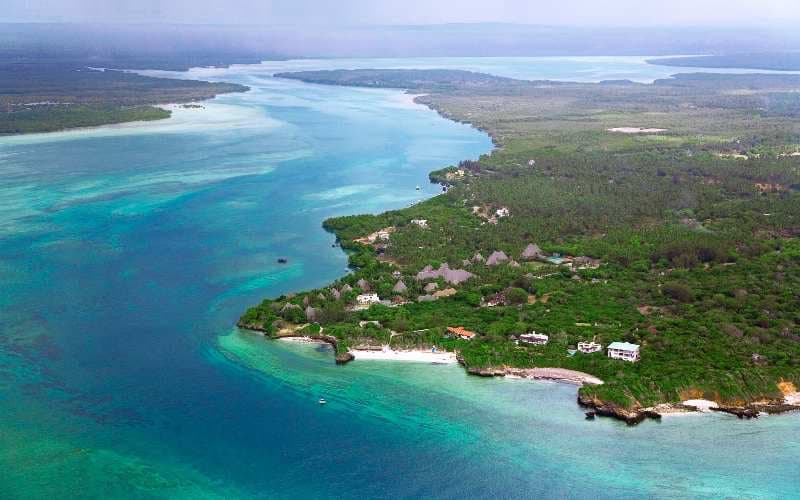
This 32km2 creek has wide, healthy beds of seagrass and coral, home to many species of fish and feeding sea turtles.
While in the mangroves smaller streams and inlets provide a refuge for crabs and birdlife.
Mida is a stopover point for many migratory birds and an essential protected area for their survival. This makes it one of the most incredible and beautiful natural attractions on the Kenyan coast.
Mida is best explored by boat, on a cruise through the creek at sunset for a sundowner drink. As the setting sun turns the waters to gold and flocks of roosting birds fill the sky.
Flamingoes are often seen feeding in Mida. The creek is also an incredible kayaking destination, with endless small channels and passages through the mangroves.
To explore where kingfishers hunt in the shallow waters and fish eagles perch in the overhead trees.
4.) Mzima springs.
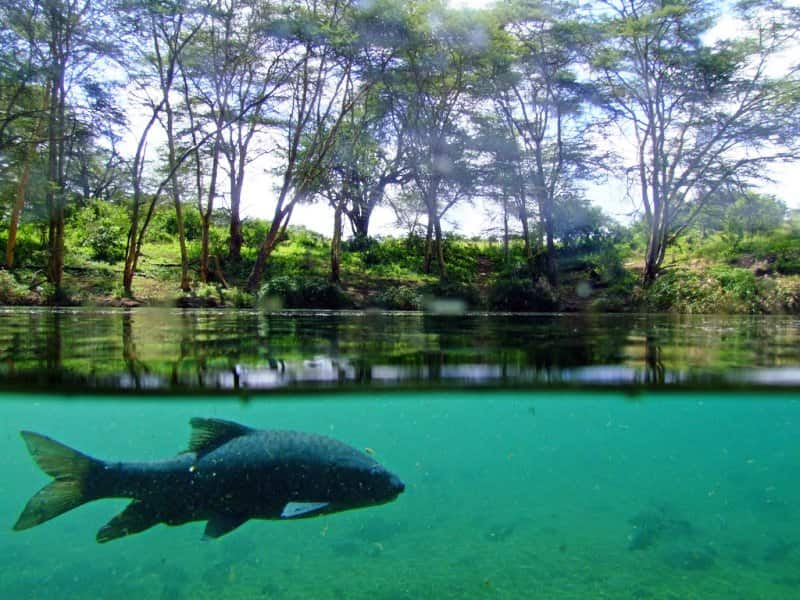
The source is a natural underground reservoir located beneath the Chyulu hills range, and it flows into one of the tributaries for the Tsavo River.
Some of the attractions you may find here include a hiking path alongside the ponds and springs, an underground glass-windowed viewing room, all of which provide incredible views of the sites of flora and fauna.
3.) The confluence of River Sirimon and Nyariginu.
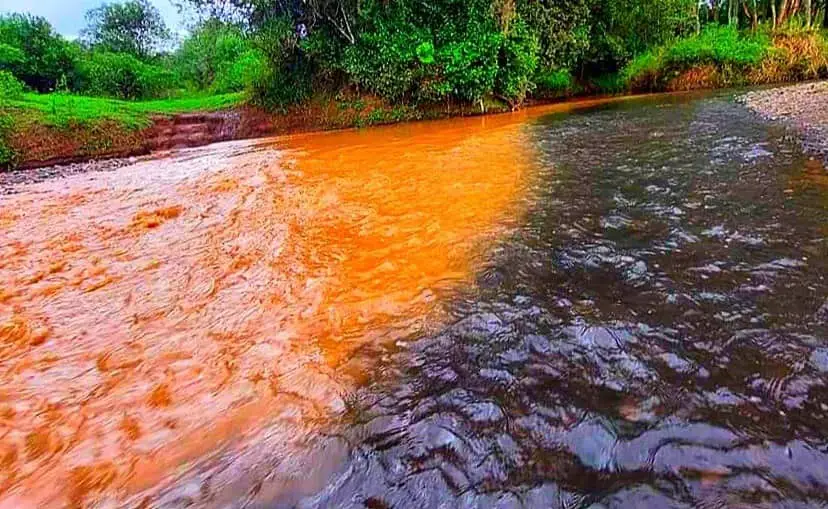
This is where two rivers meet at Daiga Muramati in Laikipia County. The destination is relatively “new” it came to the limelight after a member of the wanderlust group (A famous travel group).
Posted the paranormal confluence where Rivers Sirmon (brown water) and Nyariginu (Black) don’t mix.
It caught many by surprise and almost everyone promised to visit the newly discovered destination.
How to get to Daiga Muramati? Well, the confluence of the rivers is only 15 Kms from Nayuki town. You can hire a taxi which will cost you anything less than $10.
Since the rivers border Loll Daiga Hills, you can have a visit at loll Daiga Hills Ranch, a 49,000-acre cattle ranch and wildlife conservancy where you are likely to spot the 4 of the big 5. (No Rhino)
Park fees of Loll Daiga
- Resident Kes2000 Per Person Child Kes1000
- Non-Resident $80 Per Person Child $40
- Camping with own gear Kes3500
2.) The Tana Basin Area.
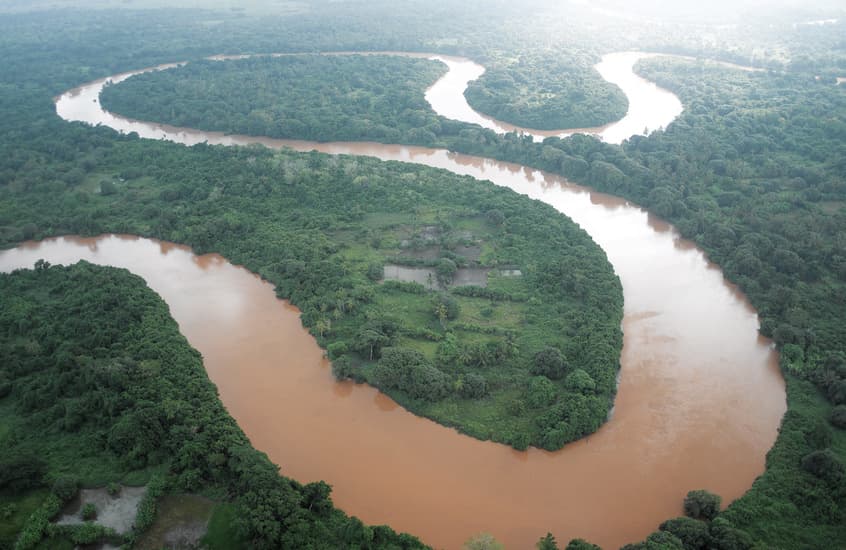
This Tana Basin Area is geographically situated in the southeastern part of Kenya. Lying between latitudes 0o 30’ north and 2o 30’ south, and longitudes 37o 00’ east and 41o 00’ east.
It borders with the following Basin areas. Ewaso to the North of Rift Valley to the West of Athi to the Southwest of Somalia and the Indian Ocean to the East.
The Tana basin covers an area of 126,026 km2, which is about 21% of the area of Kenya. It crosses 15Counties of Kenya.
Source, Water Resource Authority
1.) The mysterious hill in Machakos where objects defy gravity
Well, this is known to many but I feel it is not given the right attention, just 12 Kms from Machakos Town.
You will find a place known as Kyamwilu, quite popular among Locals in Machakos town, where the obvious beats the odd.
How do you explain a car/lorry bus to drive uphill on a free gear? How? This keeps on baffling local and international Tourists.
What the Experts Say: Gravitational pull of such hills is uneven, i.e. the force at the bottom is weaker than higher up causing objects to move up the slope.
Gravity, scholars say, is not uniform everywhere on earth. Some Areas are closer to the equator and experience a slightly weaker gravitational pull than those farther away.
Also, Read-:
- 13 Tourists Attractions in Uganda you had no idea Existed
- 11 Unique Attractions in Rwanda you should Know about
Thanks for the read, did I leave a destination you feel should be included in my list? Let me know in the comment section.
Adios!

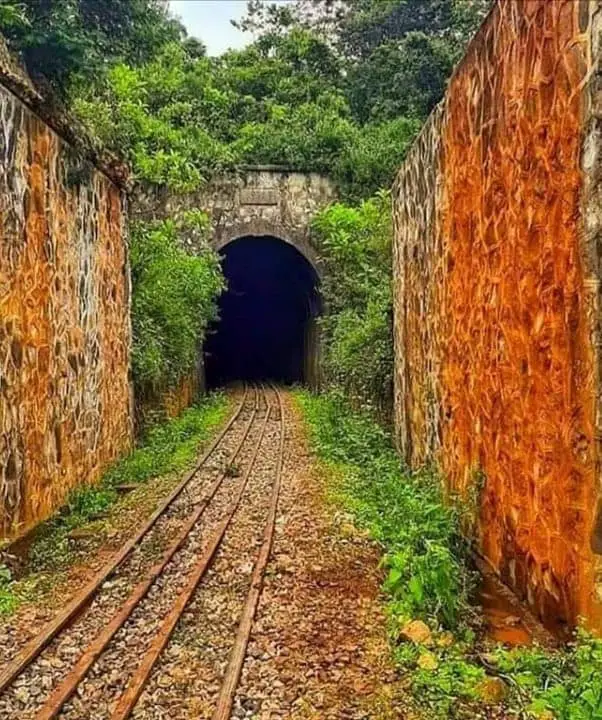

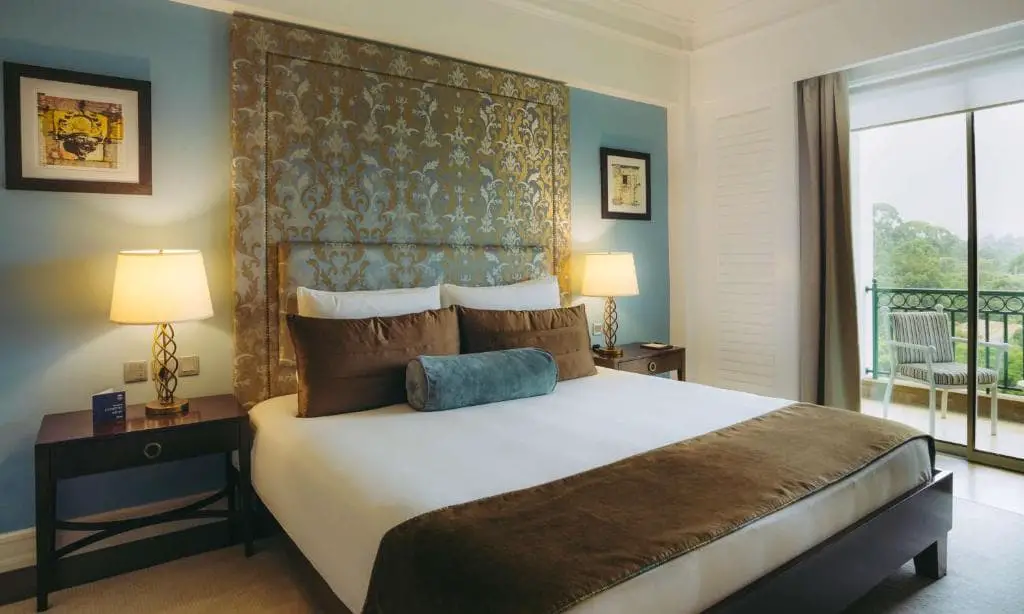
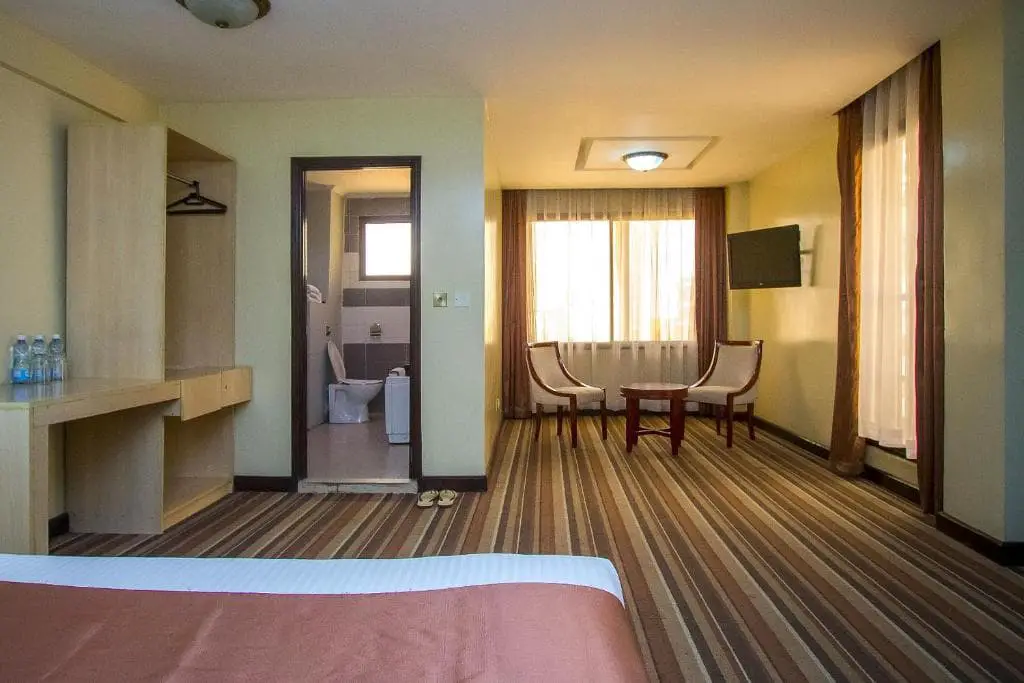

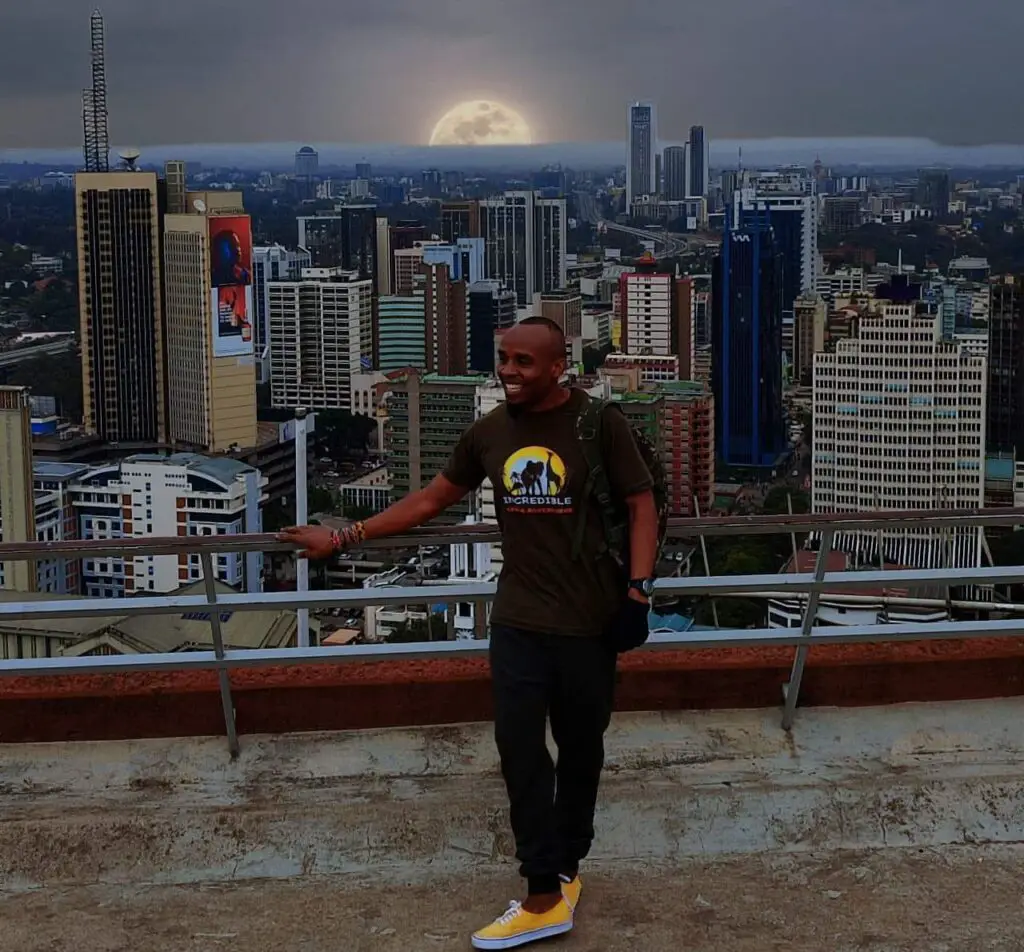

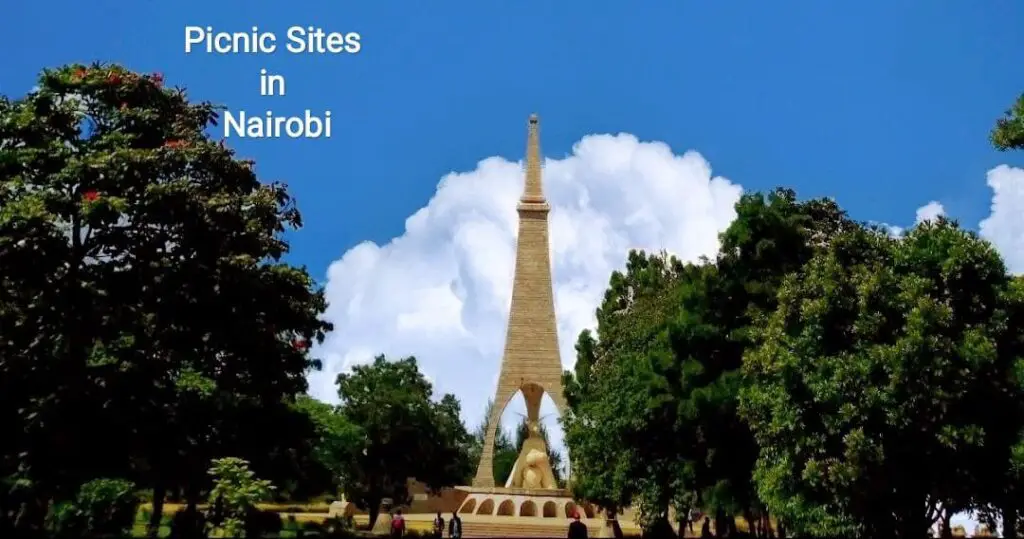

I’m relatively a newbie in the tourism industry and this is exactly the kind of content that I aim to publish. I have always believed that Kenya has so much more to offer. Great work
Thank you, Jacky
Amazing …thank you so much for sharing … definitely a bucket list to explore 👏🏾😊
Thank YOU Evalyne
What a great piece of Information, keep doing what you’re doing👌👌
Thank You Sophia
Beautiful Kenya.
awesome.like it
Thank you Maureen
I have visited many African nations but not Kenya but now I want to visit there after I return from Uganda & Rwanda. I never heard of these places. I hope I can find a company that can take me around to these hidden gems.
Kcooper, am happy you will be visiting Kenya Soon
Check the dedicated Tour Company in this Page https://intosafaris.com/travel-resource
This is very mind blowing
I am from limuru and I never thought that Buxton tunnel is that a big deal
Kiguathi, It is Embrance it.
What a great piece.. I am a Kenyan tourism professional but never heard of some of these great places. Kenya is undoubtedly richer than we think. I think the responsibility of marketing this great destination is in wrong hands, KTB and the Ministry seem to be doing very little.
Thanks Ken,Yes Kenya is Great!
More than a discovery. Great.
Awesome Article 👏 .. I still wonder why Kenyan government through its ministries and Tourism boards never up sell and market’s this hotspots . Thanks for the educative brochure .
Thanks Eric
This is the greatest tour brochure, its too educative and elaborate. What a research. Congratulations.
Thank you
This is a great article, and very insightful!
Thank you